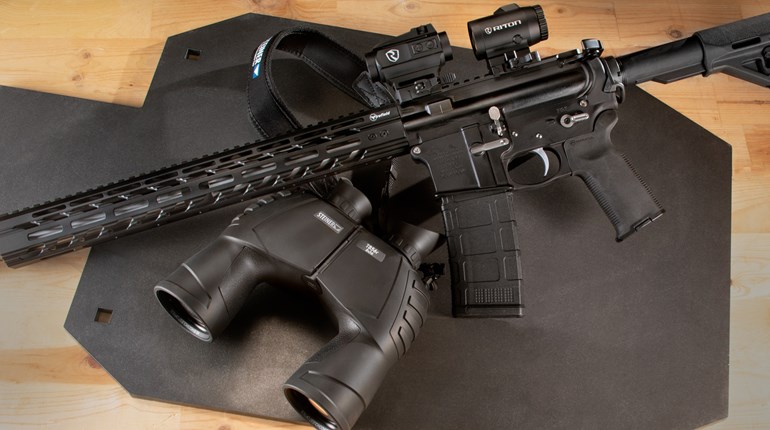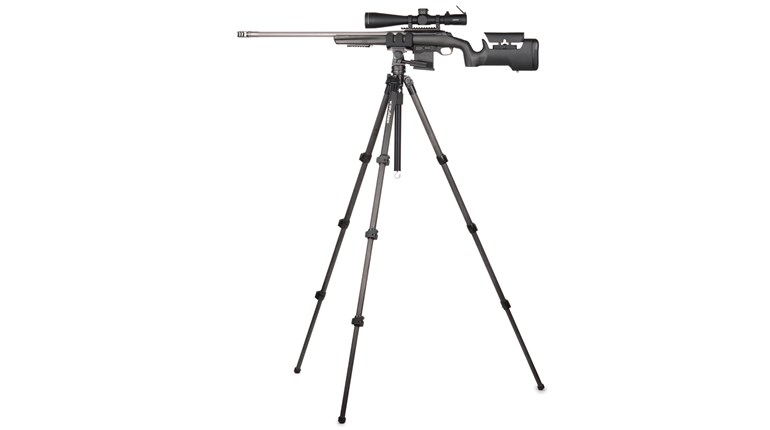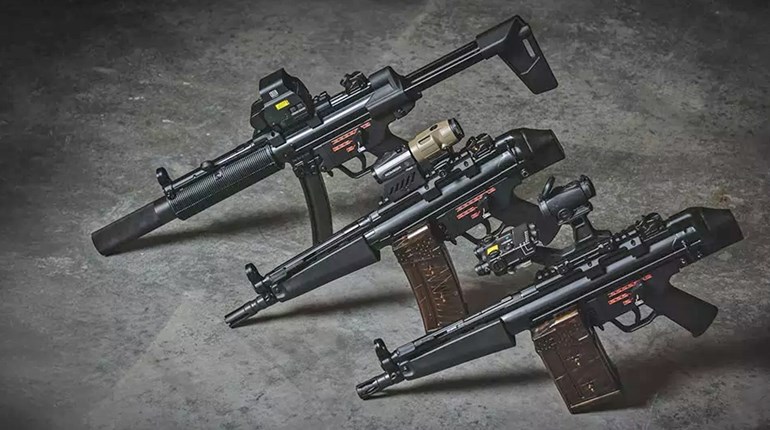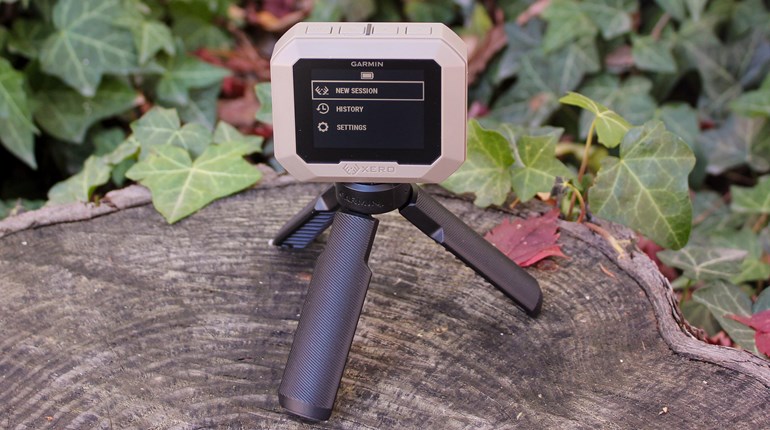
I enjoy passing on the little bits of wisdom I have picked up over the years in both my Army and post-service careers. Nonetheless, I freely admit I am an expert on nothing while trying to be a good student of most things shooting-related. I get all manner of questions thrown my way—some thought-provoking and others centered on time-worn debates to which I simply add my opinion. Every so often, however, I get a question that just plain pisses me off—not because of the substance but rather because the questioner has been misled by one or more self-anointed experts. A recent example posed to me was whether or not it was OK to place a gun light a few inches back from the end of a particular shooter’s freefloat fore-end, where it was both comfortable and functional for his purposes. For the most part, he answered his own question right there.
But, what stuck in my craw was that he had been driven to second-guess something he had no apparent problems with in the first place. It seems he was told by the heretofore unknown Accessory Mounting Club’s grand council that his light placement caused a “barrel-shadowing” condition that was bound to get him killed in a tactical situation. It did not matter that things had been working just fine up to that point. He was not doing it the way the “in” crowd recommended, and so he was wrong. I have problems with this line of thinking on several levels.
Practically speaking, the theory here is that the farther back from a rifle’s end the light is mounted, the greater the shadow cast opposite the light’s mounting position. Anyone who has ever watched shadows grow longer with the setting sun will recognize this basic precept is true.
What is not true is that this is an automatic death sentence in a gunfight. If said shadow obscures your target, the area immediately around it or in any way affects your sighting system or ability to safely operate the firearm, then it is a problem that needs to be remedied immediately. But, if it instead works fine for your purposes, leave it alone. In my subject shooter’s case, the shadow caused by his light was directly to the left side of his rifle and in no way obscured his target or the area around it. Apparently the mere presence of the shadow was itself also a subject of concern. I realize I have to rely on simpleton logic, but I am perfectly OK with bad guys focusing on my gun’s shadow instead of me. Heck, there is a whole cottage industry waiting to be developed in tactical-shadow puppetry if that is the case.
He was also cautioned that his gun light would illuminate some of his fore-end and barrel, giving away his position. Oh the pearls of wisdom in that one. I have news for these tacticlowns: Regardless of where it is placed on a rifle, as soon as you light that torch, your presence, position and likely intentions are compromised. That is why quiet professionals who live or die by their weapon management in far-off, nasty places use IR or blackout-filters and limit white-light use to indoor Close Quarters Battle. If you are in a situation where someone seeing the last 3 inches of your fore-end or barrel is going to get you killed, you should not be using a white light in the first place. Conversely, if you are at home, dealing with a bump in the night, the least of your concerns should be whether or not someone can tell you have a light-contour barrel and prefer M-Lok over KeyMod rails.
One of my former SOF-mates likes to say “It’s what all the cool guys do” when talking about current trends. We both had a good laugh when he recently owned the field in a long-range, tactical-rifle competition using a bare-bones 6.5 Creedmoor AR. His rifle came from a custom gun maker his fellow competitors had never heard of, and they were none-too-happy to see their tricked-out bolt-guns fall short. My friend opted to keep things simple on his rifle and instead ensured it would be accurate and that his own skills were honed. His subsequent win reinforced the notion that it is less the gun and more the shooter that matters in the equation.
So stop worrying about what all the cool guys are doing. Use common sense and always be wary of the loud-mouthed absolutist. That is doubly true if he happens to be an instructor who cannot string words into a single sentence without including a combat catch phrase or personal anecdote. Chances are very good that only a small percentage of what he claims comes from actual personal experiences. Guys like that operate under the notion that “flash equals cash” and tend to regurgitate some really ridiculous advice. The next time you see someone spouting off on the range about how his way is the only way to do something, ignore him and instead pay attention to the “gray man” who stays quiet and concentrates on shooting well. He might just know a thing or two.



































